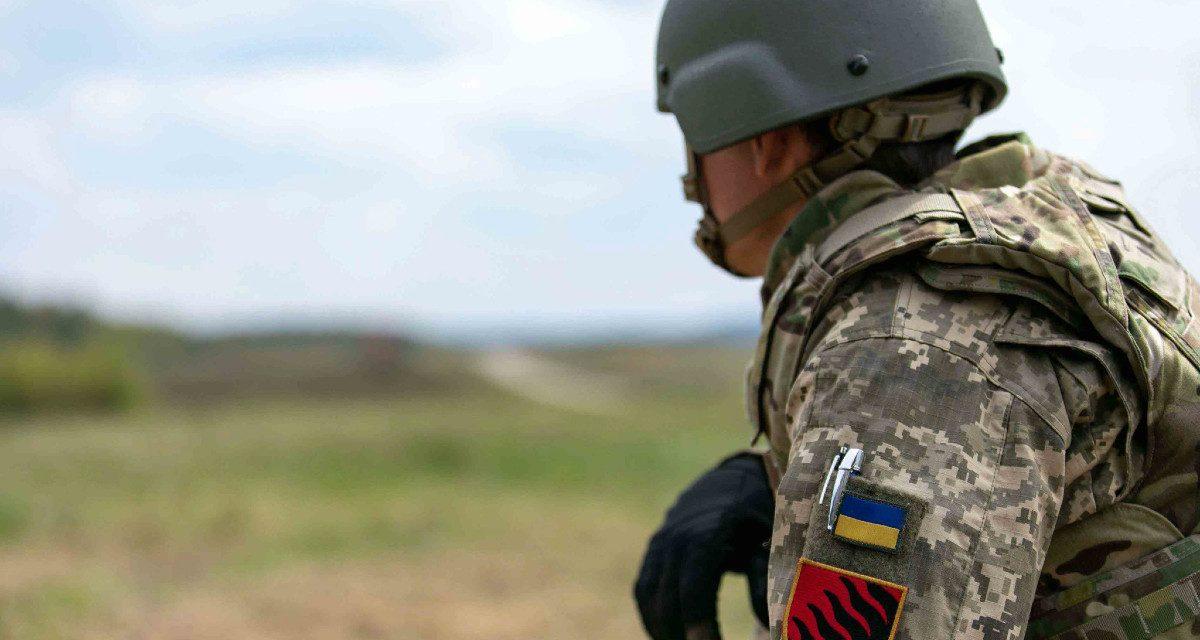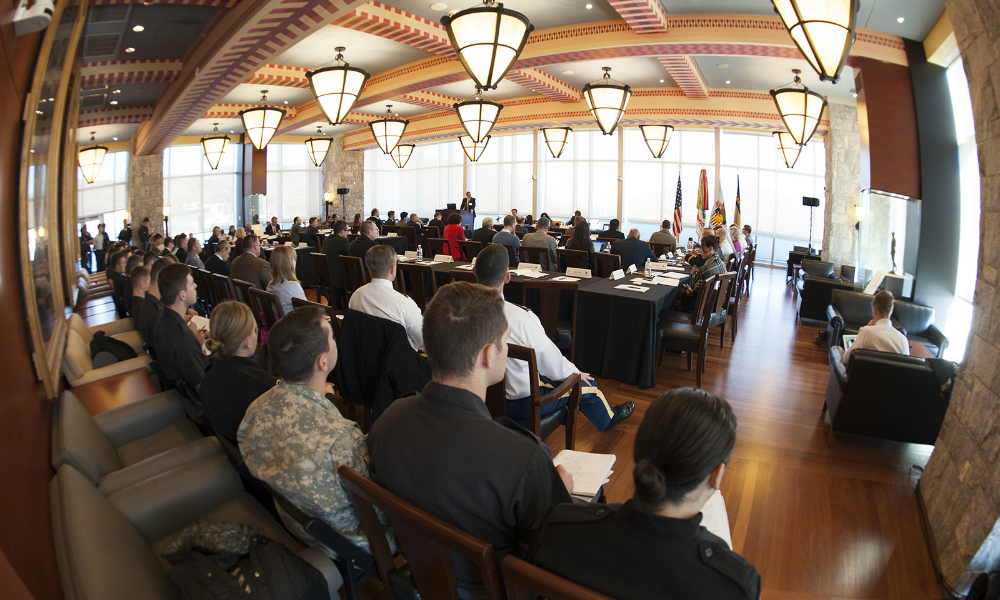The Modern War Institute (MWI) at West Point is a national resource at the United States Military Academy that studies recent and ongoing conflicts to prepare present and future leaders to win in a complex world. Leveraging the intellectual capital unique to West Point, MWI faculty use a research, educate, and integrate model to remain academically grounded, operationally connected to the force, and fully engaged with cadets and the military program curriculum. As such, MWI directly enhances the quality of cadet military education and training through scholarship, multi-disciplinary contemporary battlefield assessments, symposia, curriculum update and relevancy, academy outreach, and strategic communications.
DISCLAIMER
CATASTROPHIC SUCCESS: WHAT IF THE UKRAINIAN COUNTEROFFENSIVE ACHIEVES MORE THAN EXPECTED?
Around the world—in European capitals, in Washington DC, and even in Moscow—the outcome of the coming Ukrainian counteroffensive seems to have already been largely determined.
As recently as March, the director of national intelligence, Avril Haines, described a “grinding, attritional war in which neither side has a definitive military advantage.” Britain’s defense secretary, Ben Wallace, was recently quoted cautioning realism, saying, “There is not going to be a single magic-wand moment when Russia collapses.” The Russians believe much of the same, calculating that they can hold off Ukraine defensively and play the waiting game until launching another offensive when Western support has waned.
But what if all of this turns out wrong? What if Ukraine ends up routing Russian occupation positions relatively swiftly and effectively, with the Russian military in a hopeless retreat?
Given recent reporting, it is not altogether clear that the United States and its allies are fully prepared for such a contingency, which, although perhaps less likely than the alternatives, is not as unlikely as many may think; and if leaders are not prepared, they should start preparing now, so as to avoid finding themselves on the back foot in a crisis of significant consequence.
To start, there are a variety of reasons why Ukraine might perform better than expected in its coming counteroffensive effort.
Although its backers have not supplied Ukraine the same long-range missiles that allowed it to recapture Kherson and Kharkiv last fall, the West has nonetheless provided training, intelligence, and material capabilities key to a successful counteroffensive. This includes new air defense systems, 230 tanks, 1,550 armored vehicles, and drones capable of striking behind Russian lines. New Ukrainian units are also training in combined-arms techniques. Although such advanced maneuver warfare has previously proven difficult, even impossible, on the battlefield due to Russian communications jamming, overcoming previous limitations could provide Ukrainian troops a key advantage. The ultimate test will be if Ukrainian materiel and training can punch through or work around the dense defensive layers Russia has built up over the winter.
Moreover, it is not clear that Russia is actually prepared to successfully defend its gains in eastern and southern Ukraine. Although the Russians seem to be improving their ability to utilize drones and artillery fire, the competence of Russian commanders has been wanting since the beginning of the conflict. In addition, Russia lacks well-trained soldiers, has expended much of its cruise missile stores, has depleted ammunition faster than it can be replaced, and has experienced an astonishing one hundred thousand casualties since last December.
Lastly, that Ukraine might surprise the world should itself come as no surprise. Since the beginning of the war—when most observers thought Ukraine would last barely a week—Ukraine’s will to fight, its societal resilience, and its leadership have all demonstrated the critical importance of these difficult-to-measure factors in military success.
Despite the above, it appears neither Russia nor the United States believes the counteroffensive will be overwhelmingly successful. In internal meetings, Russia’s defense minister, Sergei Shoigu, has confidently emphasized that because it enjoys numerical advantages in personnel and equipment, Russia will eventually prevail. However, this is the same failed logic that underpinned expectations of a quick Russian victory at the beginning of the war. A sole focus on personnel and equipment neglects an adequate accounting of training, morale, logistical support, and leadership.
Additionally, Shoigu’s confidence in such discussions may be meant to appease Putin. A common weakness of tyrants is the uncanny ability to surround themselves with sycophants, a weakness of Putin’s which seems to have only grown with time.
The United States also appears to be preparing for stalled Ukrainian advances, as discussions within the Biden administration are already well underway to prepare the ground for related negotiations. This, more than anything, is the result of an increasing realization that Ukraine’s supporters cannot continue to supply armaments to Ukraine at needed levels without diminishing their own military preparedness.
Neither side, then, appears to be preparing for the event of a quick and cascading Russian loss . .
As recently as March, the director of national intelligence, Avril Haines, described a “grinding, attritional war in which neither side has a definitive military advantage.” Britain’s defense secretary, Ben Wallace, was recently quoted cautioning realism, saying, “There is not going to be a single magic-wand moment when Russia collapses.” The Russians believe much of the same, calculating that they can hold off Ukraine defensively and play the waiting game until launching another offensive when Western support has waned.
But what if all of this turns out wrong? What if Ukraine ends up routing Russian occupation positions relatively swiftly and effectively, with the Russian military in a hopeless retreat?
Given recent reporting, it is not altogether clear that the United States and its allies are fully prepared for such a contingency, which, although perhaps less likely than the alternatives, is not as unlikely as many may think; and if leaders are not prepared, they should start preparing now, so as to avoid finding themselves on the back foot in a crisis of significant consequence.
To start, there are a variety of reasons why Ukraine might perform better than expected in its coming counteroffensive effort.
Although its backers have not supplied Ukraine the same long-range missiles that allowed it to recapture Kherson and Kharkiv last fall, the West has nonetheless provided training, intelligence, and material capabilities key to a successful counteroffensive. This includes new air defense systems, 230 tanks, 1,550 armored vehicles, and drones capable of striking behind Russian lines. New Ukrainian units are also training in combined-arms techniques. Although such advanced maneuver warfare has previously proven difficult, even impossible, on the battlefield due to Russian communications jamming, overcoming previous limitations could provide Ukrainian troops a key advantage. The ultimate test will be if Ukrainian materiel and training can punch through or work around the dense defensive layers Russia has built up over the winter.
Moreover, it is not clear that Russia is actually prepared to successfully defend its gains in eastern and southern Ukraine. Although the Russians seem to be improving their ability to utilize drones and artillery fire, the competence of Russian commanders has been wanting since the beginning of the conflict. In addition, Russia lacks well-trained soldiers, has expended much of its cruise missile stores, has depleted ammunition faster than it can be replaced, and has experienced an astonishing one hundred thousand casualties since last December.
Lastly, that Ukraine might surprise the world should itself come as no surprise. Since the beginning of the war—when most observers thought Ukraine would last barely a week—Ukraine’s will to fight, its societal resilience, and its leadership have all demonstrated the critical importance of these difficult-to-measure factors in military success.
Despite the above, it appears neither Russia nor the United States believes the counteroffensive will be overwhelmingly successful. In internal meetings, Russia’s defense minister, Sergei Shoigu, has confidently emphasized that because it enjoys numerical advantages in personnel and equipment, Russia will eventually prevail. However, this is the same failed logic that underpinned expectations of a quick Russian victory at the beginning of the war. A sole focus on personnel and equipment neglects an adequate accounting of training, morale, logistical support, and leadership.
Additionally, Shoigu’s confidence in such discussions may be meant to appease Putin. A common weakness of tyrants is the uncanny ability to surround themselves with sycophants, a weakness of Putin’s which seems to have only grown with time.
The United States also appears to be preparing for stalled Ukrainian advances, as discussions within the Biden administration are already well underway to prepare the ground for related negotiations. This, more than anything, is the result of an increasing realization that Ukraine’s supporters cannot continue to supply armaments to Ukraine at needed levels without diminishing their own military preparedness.
Neither side, then, appears to be preparing for the event of a quick and cascading Russian loss . .
Please continue >>
___________________________________________________________________________________
.png)





No comments:
Post a Comment